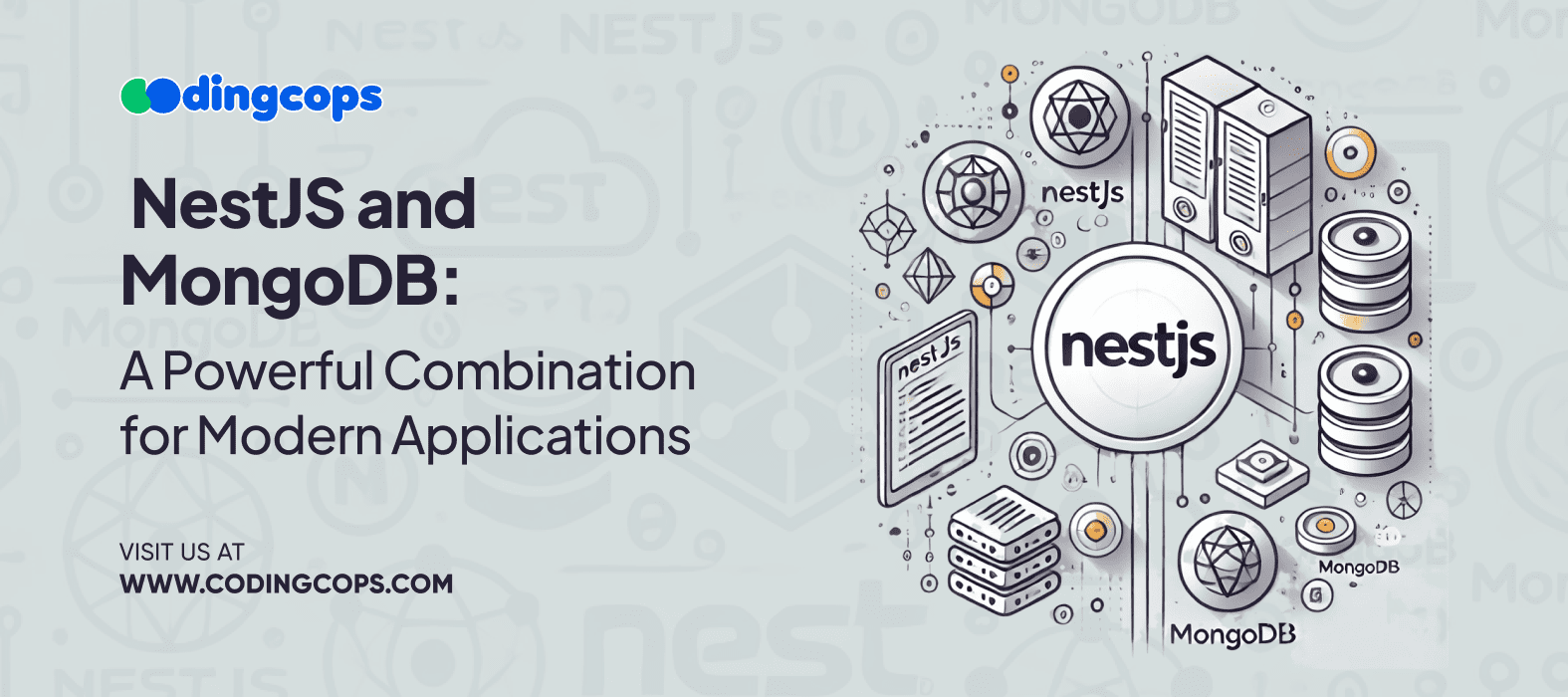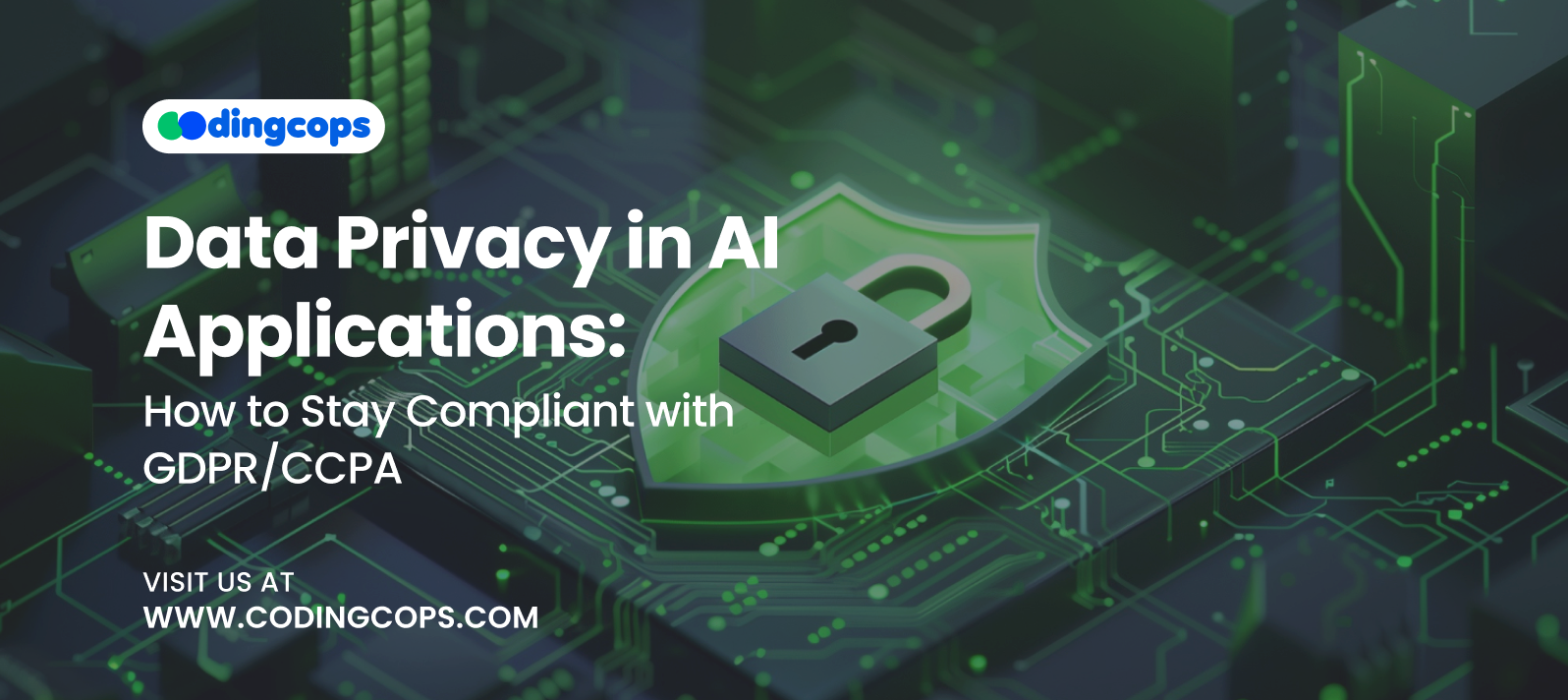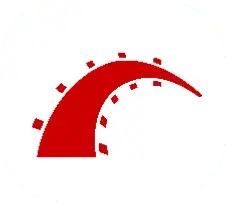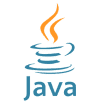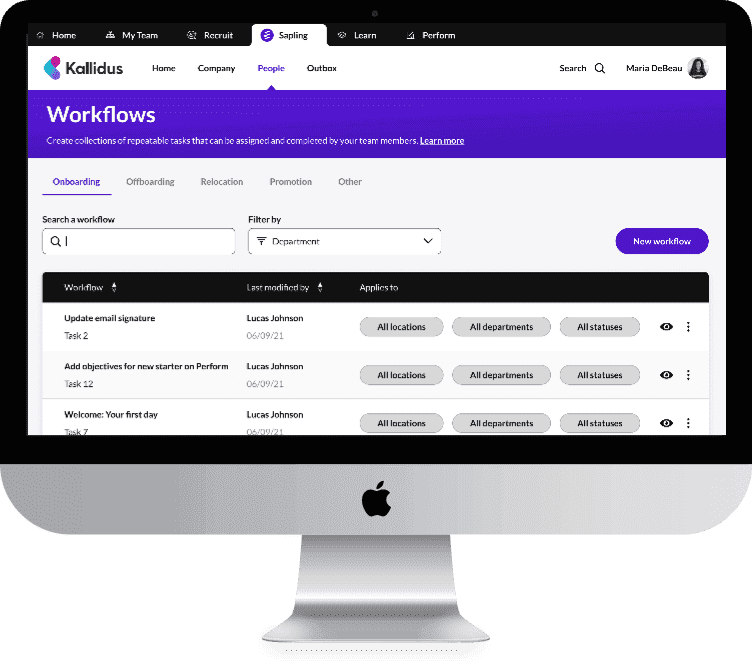Hello and welcome to another interesting and knowledgeable tech blog by CodingCops. We always strive to come up with something new for our readers, so today we are with the NestJS and MongoDB combination for building modern applications.
Modern applications demand high speed, scalability, and the ability to furnish efficient solutions. To handle these demands at one stop, the combination of NestJS and MongoDB comes into play for building reliable and fast server-side applications.
The modular architecture and seamless MongoDB integration streamline the development process and give scalable and maintainable applications.
This blog will break down why NestJS and MongoDB make such an effective pair, exploring their unique features and the benefits of using them together for backend development.
Why Choose NestJS?
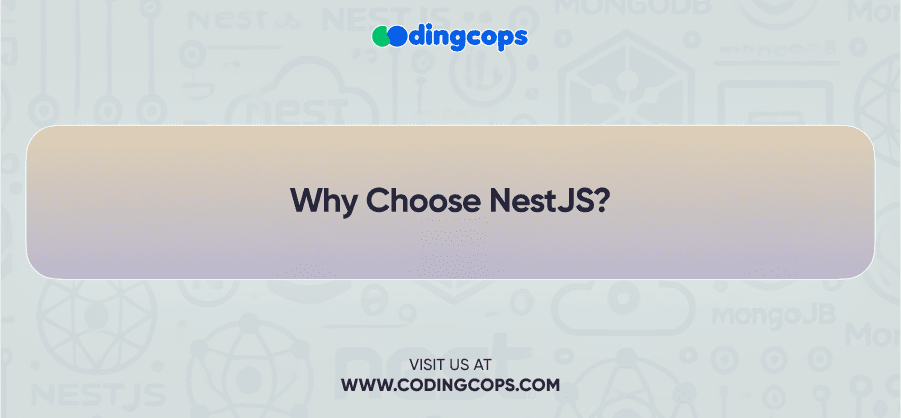
NestJS is a framework of Node.js that facilitates developers to build highly scalable and maintainable applications following modern development standards. Building applications on NestJS brings a structured and organized approach to backend development. This approach is ideal for building high-scale, complex applications.
Let’s put a microscope on the benefits of using NestJS.
Benefits of NestJS
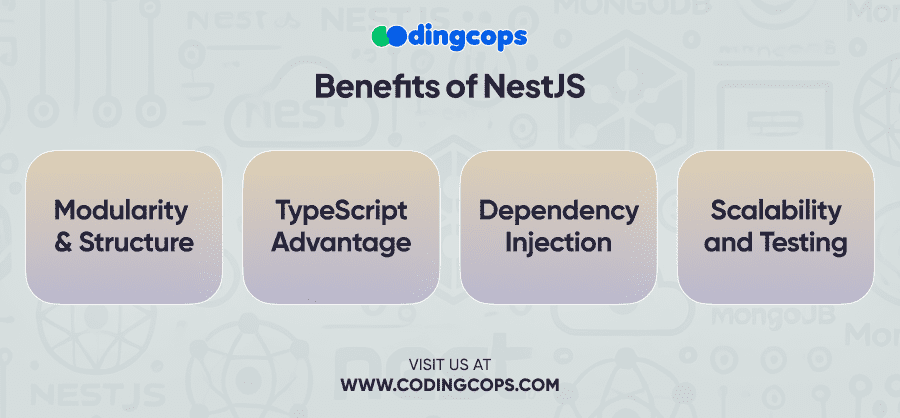
Modularity and Structure
NestJS has a modular structure that enables developers to break down the application into reusable and manageable components. Web developers fetch extreme benefits from this feature of NestJS as it gives them the opportunity to keep the code organized, and promote code reusability while having easy maintenance.
TypeScript Advantage
We all know NestJS is built on TypeScript. Developers can use it in NestJS to enhance the code readability with type safety, which makes bug detection easier at the early stages.
Moreover, while you work with large-scale applications, TypeScript simplifies the management of such projects which also makes NestJS a wonderful choice.
Dependency Injection
NestJS comes with built-in dependency injection functionality that promotes cleaner code by systematically handling dependencies. Developers not only create loosely coupled components but reduce the risk of errors when changes are made in the code.
Scalability and Testing
Scalability for the applications and testing is very effortless using NestJS. This is due to modular structure and dependency injection functionality of NestJS. Plus, its architecture is compatible with various testing strategies, helping ensure code quality as the project grows.
In short, NestJS is ideal for teams who want to create organized, scalable applications without sacrificing performance or ease of development.
Why MongoDB?
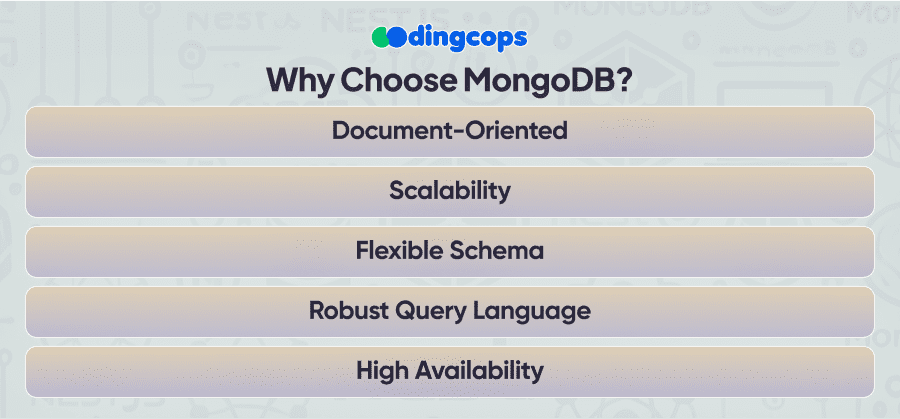
MongoDB is a widely used NoSQL database, ideal for working with data that doesn’t fit into traditional relational models and is easy to use. Here are some of the main reasons why developers love MongoDB:
Document-Oriented
While actual database management systems such as relational databases use tables and rows, documents in MongoDB are like JSON documents. This enables developers to store data naturally and flexibly in a manner that can easily be changed to accommodate emerging data structures.
Scalability
MongoDB supports scalability, and resultantly applications can process information and traffic loads without negatively affecting efficiency. This is important nowadays, especially for the applications that are forecasted to receive a large amount of hits and a huge amount of data.
Flexible Schema
In MongoDB, it is possible to add new fields to a document, and the system will do the work of changing the schema. Moreover, it is suitable for agile projects where the data structure changes over time, then it reduces the amount of time spent and the development work that is needed.
Robust Query Language
Unlike most other DBMS, MongoDB’s query language is quite flexible and robust; you can get your data in any manner you want without using complex joins. This is particularly a big plus for applications with trunk requests where the last segment is variable.
High Availability
MongoDB provides replication and sharding options that keep applications running during maintenance or infrastructure problems, so it is well-suited to production.
Benefits of Combining NestJS and MongoDB

Quick Prototyping and Development
With NestJS’s organized structure and MongoDB’s flexible data model, developers can quickly set up and prototype applications without extensive database setup. This helps teams iterate on ideas and gather feedback faster.
Seamless Integration
Mongoose library which is an Object Data Modeling or ODM tool of MongoDB is supported by NestJS by default. This leads to an easy definition and management of MongoDB collections when working with NestJS, making data manipulation relatively easy.
Scalability
Both NestJS and MongoDB are built with scalability in mind. NestJS’s modular approach allows for easy scaling of application features, while MongoDB’s horizontal scaling capabilities make handling large amounts of data simple and effective.
Ease of Maintenance
NestJS’s structure and MongoDB’s flexibility make it easy to update applications and introduce new features without major overhauls. Since MongoDB doesn’t require rigid schema definitions, adding new data fields is straightforward. The ease of maintenance reduces the complexities involved in the application and helps adapt new requirements in the downtime.
Compatibility with Cloud
NestJS and MongoDB are compatible with modern cloud environments like AWS, Google Cloud, and Azure. It makes them a perfect combination for building cloud-native apps.
Where NestJS and MongoDB Can Be Used?
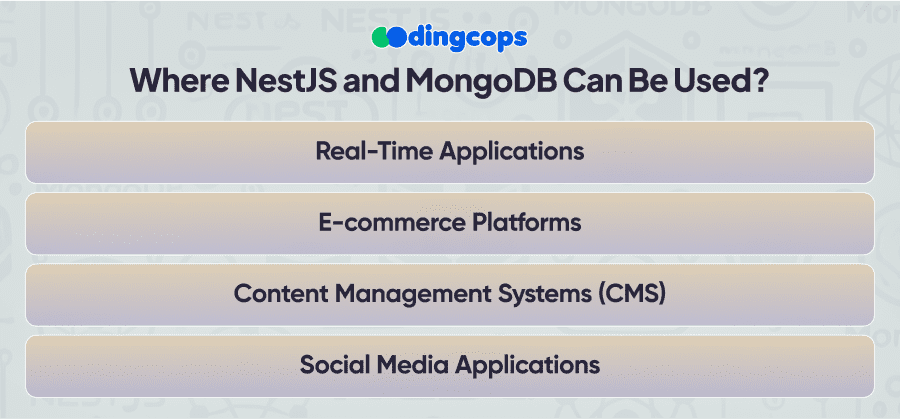
The NestJS and MongoDB combination is well-suited for various types of applications, including:
Real-Time Applications
NestJS is good at handling concurrent connections which makes it a perfect fit for real-time applications. Applications like messaging platforms, live updates, and live streaming are some of the instances of real-time applications made with NestJS and MongoDB.
E-commerce Platforms
In e-commerce applications, there is usually the need to manage large amounts of data, which may include user information orders, and product information among others. It is due to the fact that MongoDB is flexible enough that changes to the schema can be easily made, NestJS is structured in a modular enough way that business logic can be organized well.
Content Management Systems (CMS)
Due to the fact that content management systems deal with content of varying types and data fields, its backend must be highly fluid. This means that CMS applications based on NestJS and MongoDB can develop rapidly, adding new content features and types of media.
Social Media Applications
Social media Web applications need real-time activities, dynamic content models, and a high degree of growth. That is why MongoDB is perfect for handling unstructured data, and NestJS is great at handling multiple user requests in social media applications.
Final Thoughts
NestJS with MongoDB is the best match for developers seeking to develop fast and modern server-side applications with reasonable scalability. NestJS’s approach also brings modularity to the application, and while MongoDB has a more relaxed way of handling data, the applications themselves will be simpler for teams to manage, and scale.
Combined, they form a robust platform that is more suitable for applications with high usage or that have real-time processing requirements, or applications that will be constantly updated in the future.

